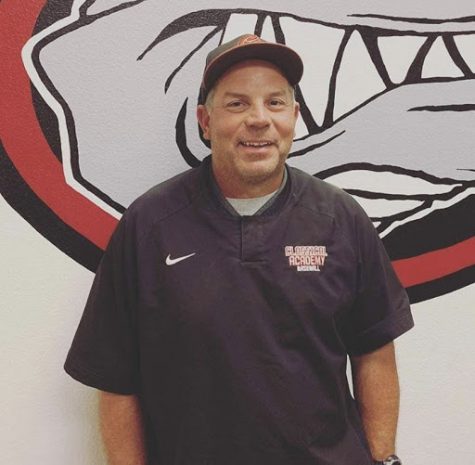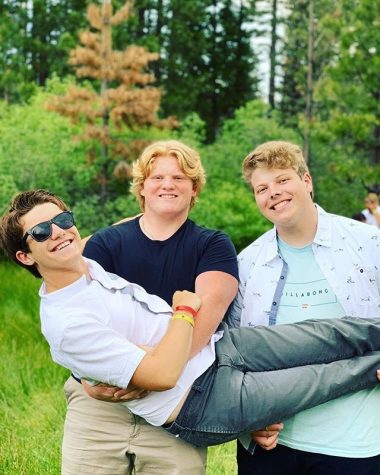The Face Behind the Film
Film has always had a way of captivating audiences and taking them through adventures that can only be experienced on the silver screen. What most people don’t realize is that most of the magic happens off-screen. Movies are a unique collaboration between a large group of people, and at the helm of this partnership is the director, whose job is to control all of the film’s artistic and dramatic components and is often seen as one of the most important jobs in filmmaking. Student director Chris Casey learned the responsibilities a director is entrusted with when he directed a film titled Colors in the Dark.

The premise behind the film is a group of friends completing their friend’s high school bucket list after she passes away. Casey describes the plot as “a film about a group of friends brought together by the loss of a friend.” While this is Chris’s first time directing a piece, he is no stranger to the world of acting. Since the age of 8, he’s been participating in musical theater, honing in his skills as an actor.
In recent years, his interest has shifted into the opposite end of the table, saying that he “wanted to have the experience of directing. It has its challenges but it has been a great learning experience…The most important thing I’ve learned is having to dive into each character. Directing how they should stand, how they should say this line, different inflections, etc. But having good actors is half the battle and they all have great intuition when it comes to inflection, postures and performing their lines.”

The responsibility of a director doesn’t solely land on their shoulders, though. A majority of a director’s job relies on their relationship with their actors. Casey said that he loved working with each one of the actors, stating that they are “fantastic; each of them took to their given roles and really fit into each personality and conveyed each character very well.”
With this being his first time directing, his experience thus far has been built upon trial and error. If he were to redo his project, he’d “plan out everything. From the beginning I wish[ed] we had a set schedule of which days we were filming which scene; it would have been nice for not only me, but the actors [as well].” Overall, Casey has viewed this project as a starting point for polishing his skills—he “would love to pursue [directing] in the future”.

Directing is regarded as one of the most difficult jobs in cinema. They must make important decisions and ensure that the film will be successful. This pressure doesn’t deter Chris Casey. Instead, he views it as a challenge worth taking, providing a new outlook on life and problem solving. “Directing isn’t like anything else. It’s not for everyone because it’s a disciplined role but it can be fun with the right actors and story.”











